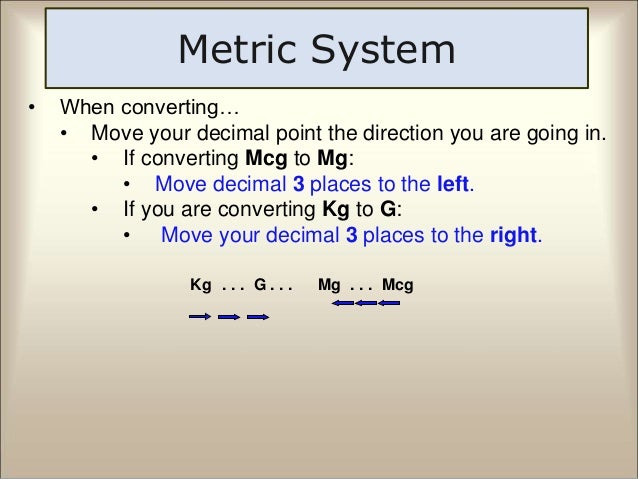


Good evidence from randomized trials in settings without fortification of food suggests that a multivitamin with 0.8 mg (800 mcg) of folic acid reduces the risk of neural tube defects. What is 800 mcg of folic acid in mg?ĭosage. Too much folic acid can hide signs that you lack vitamin B12, which can cause nerve damage. You should not get more than 1,000 micrograms of folic acid a day, unless your doctor prescribes a higher amount. You can’t get too much from foods that naturally contain folate. The recommended daily intake of folic acid for all women of childbearing age is at least 400 micrograms (mcg), or 0.4 milligrams (mg). So, the answer to the question “what is 500 micrograms in milligrams?” is 0.5 mg. Now that we know what the conversion factor is, we can easily calculate the conversion of 500 mcg to mg by multiplying 0.001 by the number of micrograms we have, which is 500. While both of these measure weight, mg is 1,000 times more than mcg. But she should not take more than 1 milligram ( 1000 mcg = 1 mg.) Which is more 1 mcg or 1 mg?ġ milligram (mg) is equal to 1000 micrograms (μg). How much Folic Acid do I need? A woman of childbearing age needs 400 micrograms of folic acid every day.

Please remember that 'more' isn't necessarily better in nutrition. The conversion of IU to mg varies depending on the nutrient. The IU is an International Unit, usually used to measure fat soluble vitamins including Vitamin A, D and E. One microgram is one millionth of a gram and one thousandth of a milligram. A milligram is generally abbreviated as mg. One milligram is one thousandth of a gram and one thousand micrograms. An old imperial measure of weight is the ounce and one ounce = 28.4 grams. Here we help you through the vitamin measurement maze.Ī gram is a metric measurement of weight.

Mg, Mcg, ug, IU the measuring of vitamins and minerals can be confusing. What's the difference between a milligram and a microgram?


 0 kommentar(er)
0 kommentar(er)
